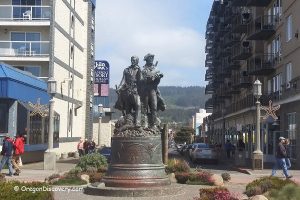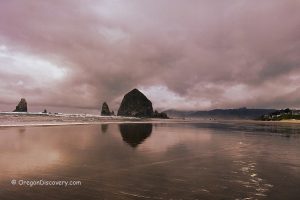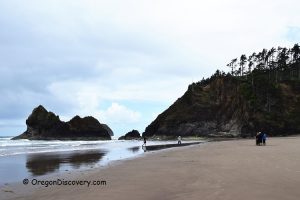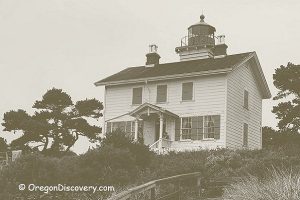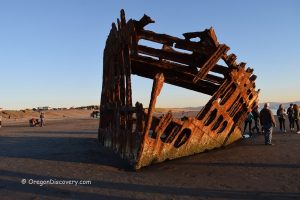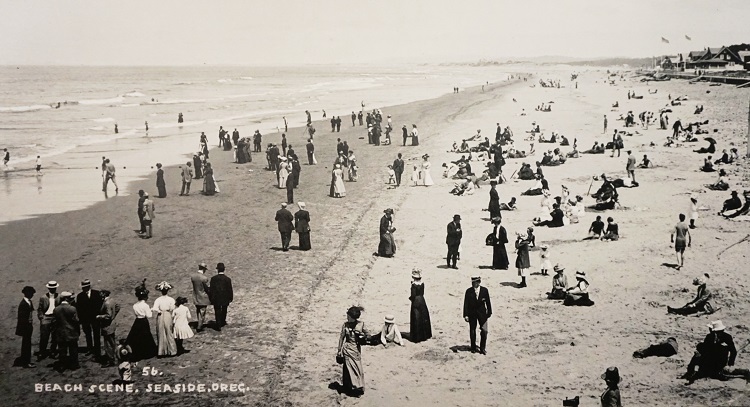
The Seaside history is an important chapter of overall Oregon's history, from the life of Indigenous Americans and first pioneers to the present day.
Native Americans of the Area and the Arrival of First Europeans
Clatsop Native Americans lived in Seaside and its vicinity for centuries before the arrival of the first Europeans. They lived in peaceful isolation until the late 1700s when explorers came to seek the legendary “Northwest Passage” or the “Great River of the West” to locate a water route across the continent.
Clatsop people were a small Chinookan-speaking tribe first mentioned in written history by the merchant captain Robert Gray in 1792. The same year he entered the mouth of the Columbia River and explored 20 miles up the river. He named the river after his ship "Columbia". Unfortunately, explorers and merchants brought smallpox to the native population. By the time the first Europeans started settling in the area, only around 250 tribe members were remaining.
Lewis and Clark Expedition
In November 1805, after a year and a half of the long rugged journey, the Lewis and Clark expedition, known as the Corps of Discovery, reached the Pacific Coast and set up a winter camp called Fort Clatsop near the mouth of the Columbia River. They spent the winter in the vicinity of the Astoria area to prepare for the trip back home.
Tired of unsalted meat and fish that spoiled quickly, Lewis and Clark sent an expedition of three men to find a place for a salt-making operation. In 1806, the salt-making camp was established next to the friendly tribal village in present-day Seaside. They boiled 1,400 gallons of seawater and made four bushels of salt for their trip home. You can see a recreation of the salt camp at the Promenade Salt Works.
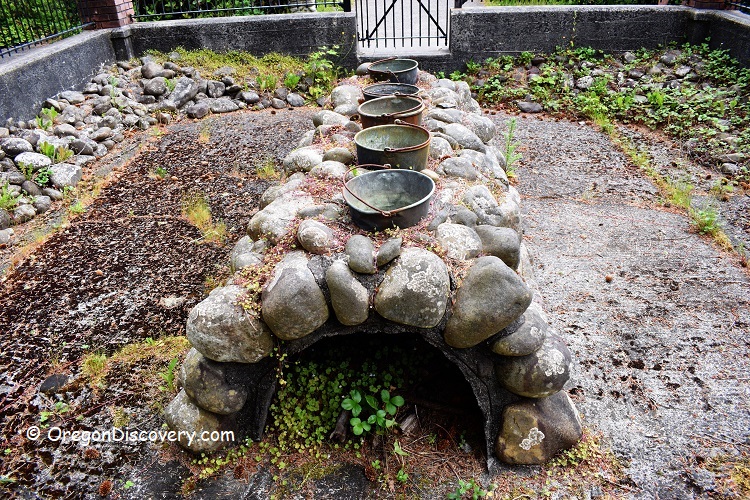
Early Settlers
In 1811, after the successful return of the Corps of Discovery, John Jacob Astor established a fur trading post and Fort Astoria at the mouth of the Columbia River. In the early 1820s, newly arrived people formed permanent settlements and claimed land. Later, more settlers arrived in the area, but the city was not incorporated until February 17, 1899.
Alexandre Gilbert's Impact
A French expatriate and veteran of the Franco-Prussian War, Alexandre Gilbert moved to live in Oregon in 1881. Elected as Seaside mayor serving from 1912 to 1916, he had a property in the town and donated some part of it to build one of the most iconic landmarks that make it possible to experience the Pacific from a great vantage point, a 1.5-mile long Promenade.
Alexandre Gilbert’s vision is the reason we can now enjoy lovely strolls along the 1.5-mile-long Prom, as the locals call it. Gilbert Inn was added to the famous beach property of Alexandre Gilbert in 1892 and it has been in operation ever since.
Becoming a Popular Tourist Attraction
The Seaside started attracting tourists early on in its history. One big contributing factor is the close location to big urban centers like Portland. In the early 1850s, Portlanders began vacationing on the coast. They traveled by water down the Columbia River to Astoria, then by stagecoach on wagon roads to Seaside.
The opening of the rail service between Astoria and Seaside in 1888, as well as between Portland and Astoria in 1898, made the region more accessible to commercial and recreational activities. By the 1920s, Seaside had become a popular vacation destination. Tourism continues to be the main economy of the city to this day.
Tsunami Flood
On March 27, 1964, a 9.2-magnitude earthquake struck Alaska and generated a tsunami that sent waves to the West Coast reaching the Seaside. While the flood wasn't devastating, it still caught residents by surprise and damaged property. Old timers tell how people were dancing in the club at the time and suddenly found themselves ankle-deep in water on the dance floor. Initially, they thought the water pipe has burst, but after stepping outside they saw the flooded streets of Seaside.
Seaside Nowadays
Seaside has many historic buildings and landmarks that have stood through good and bad times. Once you have had your fill of exploring the Seaside history, you can recluse for a quiet night at one of the multiple resorts, villas, or vacation homes available. It is a great place for visitors to stay in close proximity to the famous Seaside Promenade, a sandy beach, and a history of the town which can take you back in time.
You May Also Like

